Text
what is most special about my baby kitty is the light of life inside of her. not her intelligence, or any of her abilities, not anything that she does in particular (though she has many very charming idiosyncracies). what moves me about her is this gleam of aliveness that comes off of her, the movement of air in her rising and falling body, the transition of food from bowl to litterbox, her muscles rearranging as she shifts in her sleep, the sneeze propelling from her, the way her soft water balloon belly can change shape depending on how she sits. she is alive, which is not a quality possessed by her, it is an ongoing process expressed through her with the motions of air, light, solid, and fluid. when i look into her eyes i catch a view of everything in the universe, as seen through just a tiny pinprick. i havent felt that way about a living creature before.
3K notes
·
View notes
Text

onion is old. older than time itself. he's showing it for sure but I will spoil him for as long as he holds out
505 notes
·
View notes
Text
34K notes
·
View notes
Text






I feel like he loves me as much as I love him 😭💕
5K notes
·
View notes
Photo
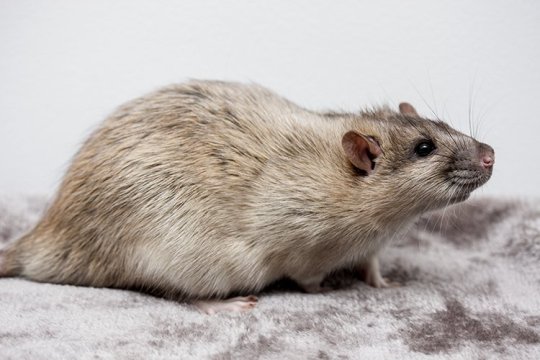





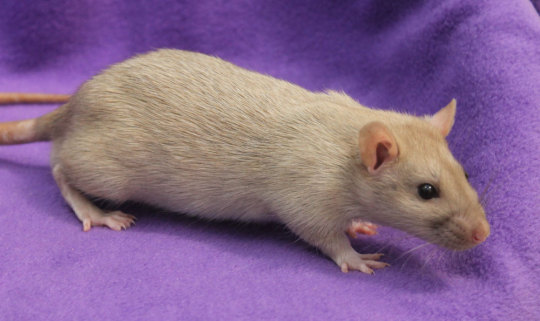

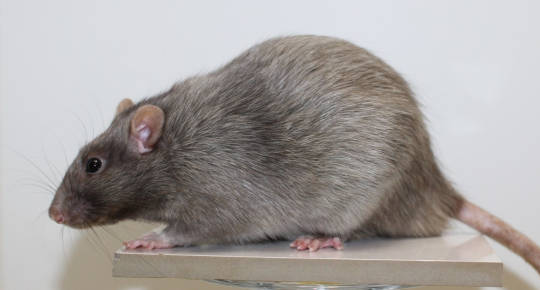
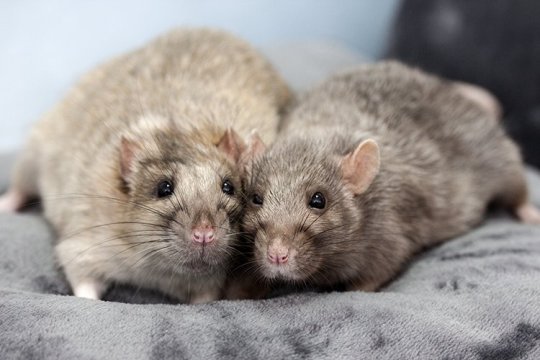
Silvermane is a coat type caused by a dominant gene. It has a silver appearance that is caused by the end of the hair shafts being translucent/empty. Silvermane also causes a dark mask on the muzzle. Babies start out unsilvered but the base color they are, then at anywhere between 12 days - 12 weeks the muzzle will begin to show the telltale sign. They also begin to “silver” out their coat as they age
It was discovered in 2012 by a Rattery in North Carolina named Squeaks and Nibbles Rattery. They were originally named Silvermane by the breeder who discovered them but the AFRMA decided to rename them for their club as D'Argent.
164 notes
·
View notes
Photo






@higgs-da-rat‘s dandy eaters
Link back to this post accessibly if you reupload.
If you violate my banner deliberately, you’ll be swiftly screenshotted, blocked, and then publicly outed as a boundary-violator to 2.6K+ followers.
117 notes
·
View notes
Text
"For most people, a rat is at best an unwelcome guest, and at worst, the target of immediate extermination. But in a field clinic in Tanzania, rats are colleagues—heroes even.
Far from a trash bin-dwelling NYC street rat, the African giant pouched rat is docile, intelligent, easier to train than some dogs, and for East Africans, the performer of lifesaving tuberculosis diagnoses every day.
400,000 new cases of tuberculosis (TB) were estimated to have been prevented by these rats, whose sense of smell would make a bloodhound take notice. As [TB is] the number-one killer among infectious diseases worldwide, many of those 400,000 can be translated into lives saved.
“Not only are we saving people’s lives, but we’re also changing these perspectives and raising awareness and appreciation for something as lowly as a rat,” said Cindy Fast, a behavioral neuroscientist who coaches the rodents for the nonprofit APOPO.
“Because our rats are our colleagues, and we really do see them as heroes.”
APOPO uses giant pouched rats to sniff out traces of TB in the saliva of patients. In parts of Tanzania, a saliva smear test under a microscope by a human may only be 20-40% effective at detecting TB.
By contrast, a giant pouched rat like Ms. Carolina, a now-retired service rat who worked for APOPO for 7 years, raised the rates of detection on TB samples by 40% in the clinic where she worked.

Pictured: An APOPO employee with one of their trained rats
It would take 4 days for scientists to analyze the number of samples that Carolina could screen in 20 minutes. For that reason, when Carolina retired last November, a party was thrown at the clinic in her honor, and she was given a cake.
TB is sometimes thought of as a thing of the past—a disease for which doctors used to prescribe “dry air,” leading a modern sense of humor to muse at the antiquated, pre-antibiotic medical advice.
But it remains the number-one cause of death globally from a single infectious pathogen, and Tefera Agizew, a physician and APOPO’s head of tuberculosis, told National Geographic that once people see what the nonprofit��s rodents can do to slow the spread, they “fall in love with them.”
3,000 times in her career did Carolina detect one of the six volatile compounds that can be used to identify Mycobacterium tuberculosis, and she got a hero’s send-off to a special compound to live out the rest of her days with her closet friend and sniffer colleague Gilbert, in a shaded enclosure dubbed “Rat Florida.”
“We’ve made special little rat-friendly carrot cakes with little peanuts and things on it that the rat would enjoy,” Fast said. “Then we all stand around and we clap, and we give three cheers, hip hip hooray for the hero, and celebrate together. It’s really a touching moment.”
APOPO has made headlines for its use of these rats in other lifesaving tasks as well: landmine clearance.
One of the world’s great underreported scourges (a lot like TB, coincidentally) is landmine contamination. There are 110 million landmines or unexploded bombs in the ground right now in about 67 countries, covering thousands of square miles in potential danger. Thousands of civilians are killed or injured by these weapons every year.
GNN reported on APOPO’s demining efforts using pouched rats back in 2020. One rat named Magawa alone identified 39 landmines and 28 items of unexploded ordnance across an area the size of 20 football fields.
If at the start of this story you didn’t like rats, maybe Magawa and Carolina will have changed your mind."
-via Good News Network, March 31, 2025
3K notes
·
View notes
Text

No Think Only Stink Rat Pin by LittlePinkGoblin
188 notes
·
View notes
Text
i'm on my period and this video made me weep with joy so here u go
11K notes
·
View notes
Text
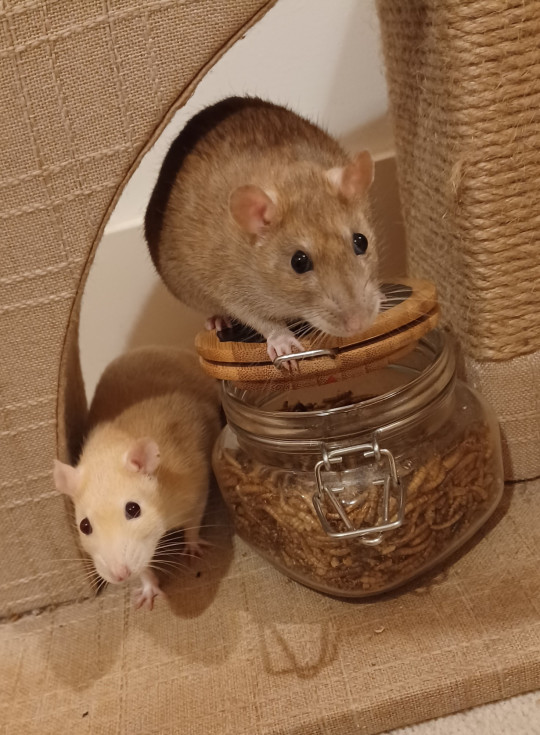
they have not yet figured out that they could easily just push the lid up off the worm jar themselves and instead sit and stare at me until I submit to their will
220 notes
·
View notes
Text
Of course. Chew on the screw. Not on the stuff the you are supposed to chew
324 notes
·
View notes
Text
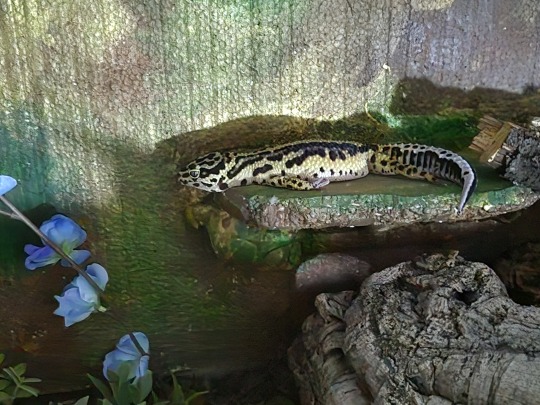
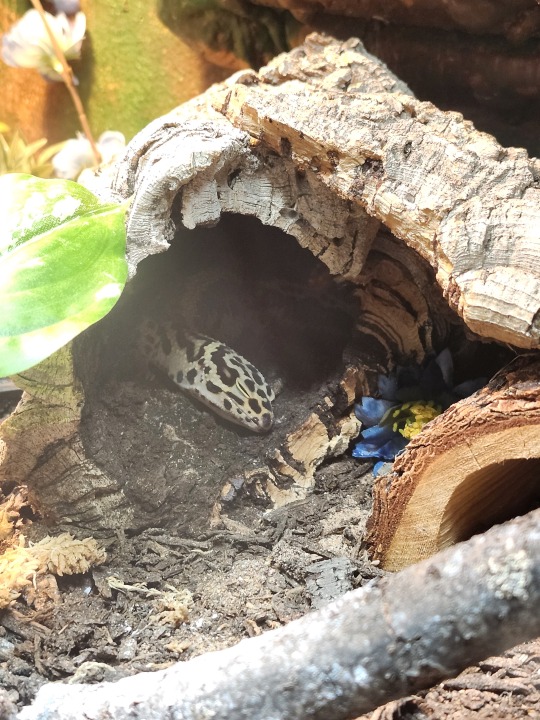


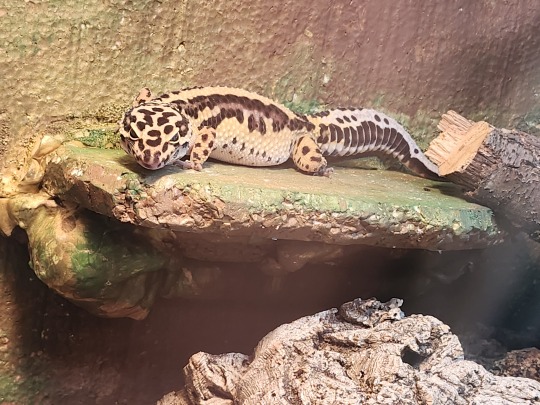
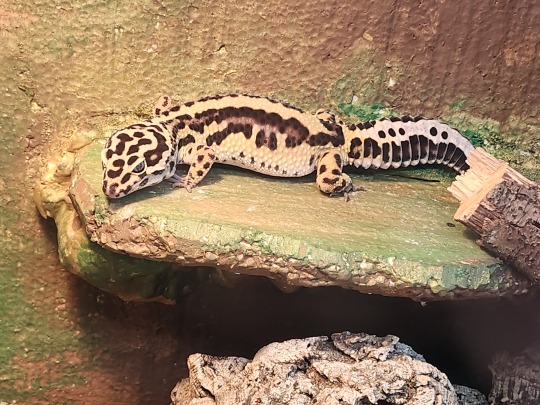
Everyone is obligated to Look At Her
Image ID: Six photos of an adult bold-stripe morph leopard gecko. The first photo is of her splooting on a ledge while basking, all four legs splayed out behind her and head resting on the edge of the ledge. The second photo is of her asleep inside a cork round, curled up into a strange position. The third photo is of her under a large stick and a piece of cork, mostly in shadow, staring out at the camera with one eye. The fourth photo is of her perched on the same ledge as earlier, basking in the light of her heat lamp. The photo is in perspective, with her head front and center and her body out of focus. The fifth photo is of her on the same ledge, but this time with her head turned toward the camera, staring it down. The sixth photo is of her on the same ledge again, this time without foreshortening perspective, showing off her stripes and the dots on her tail. End ID.
24 notes
·
View notes






